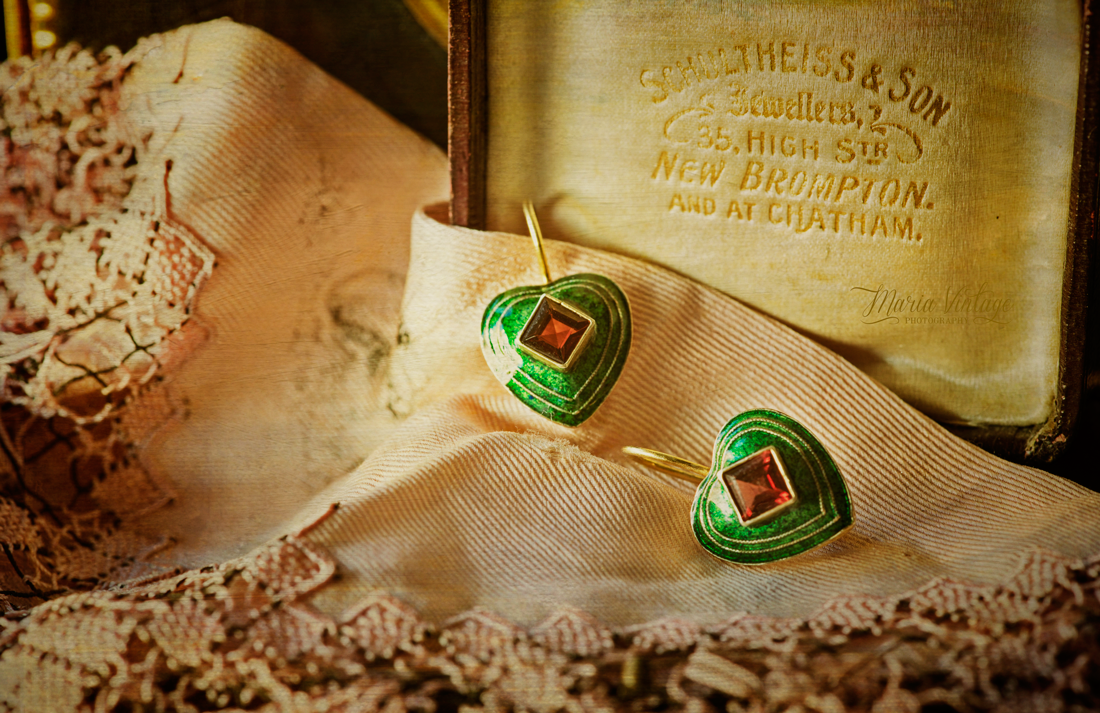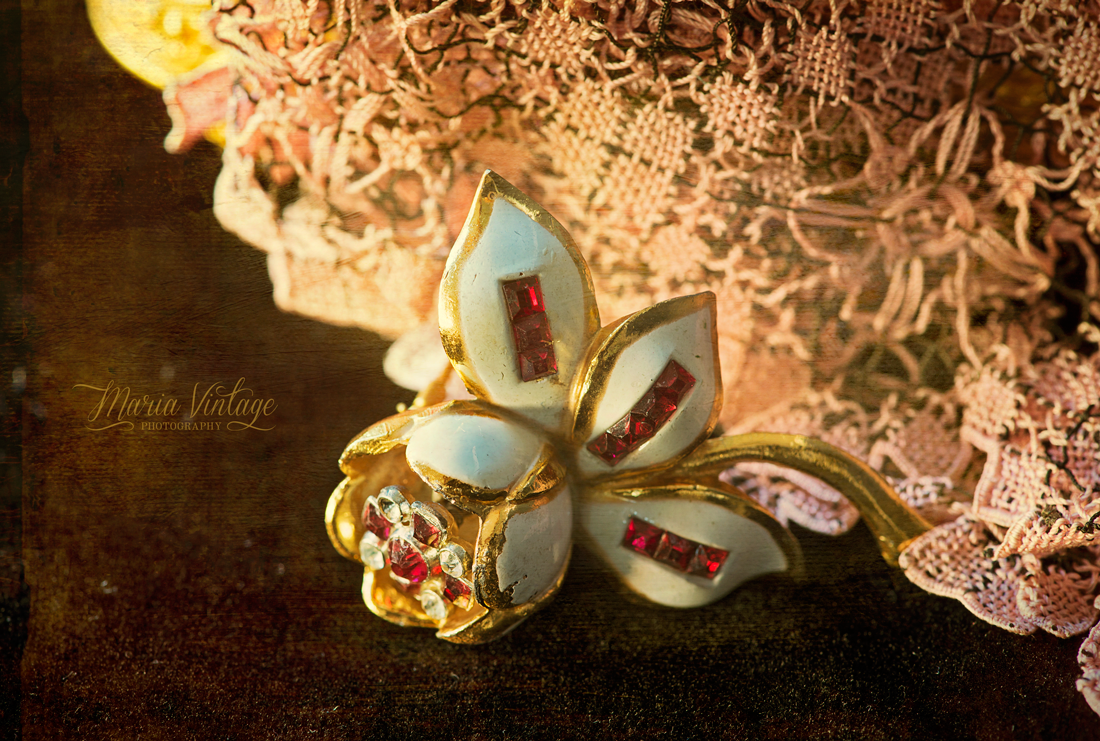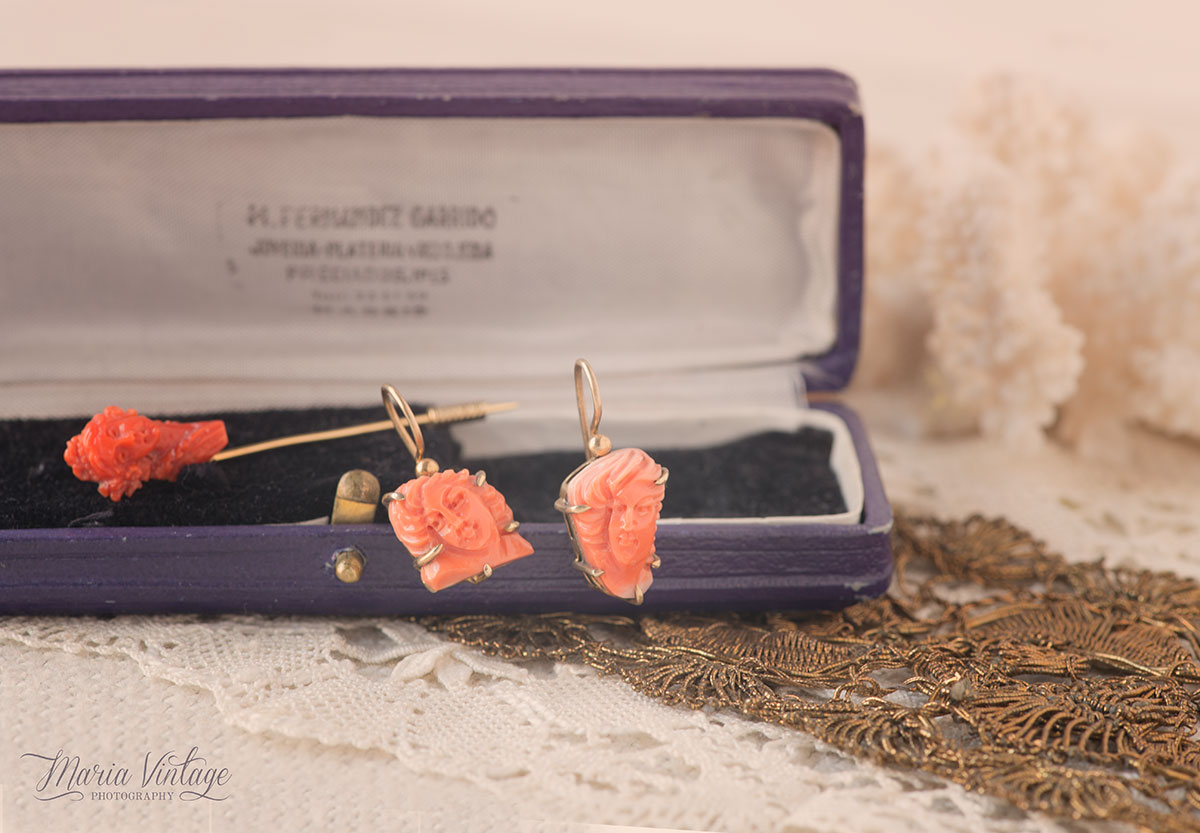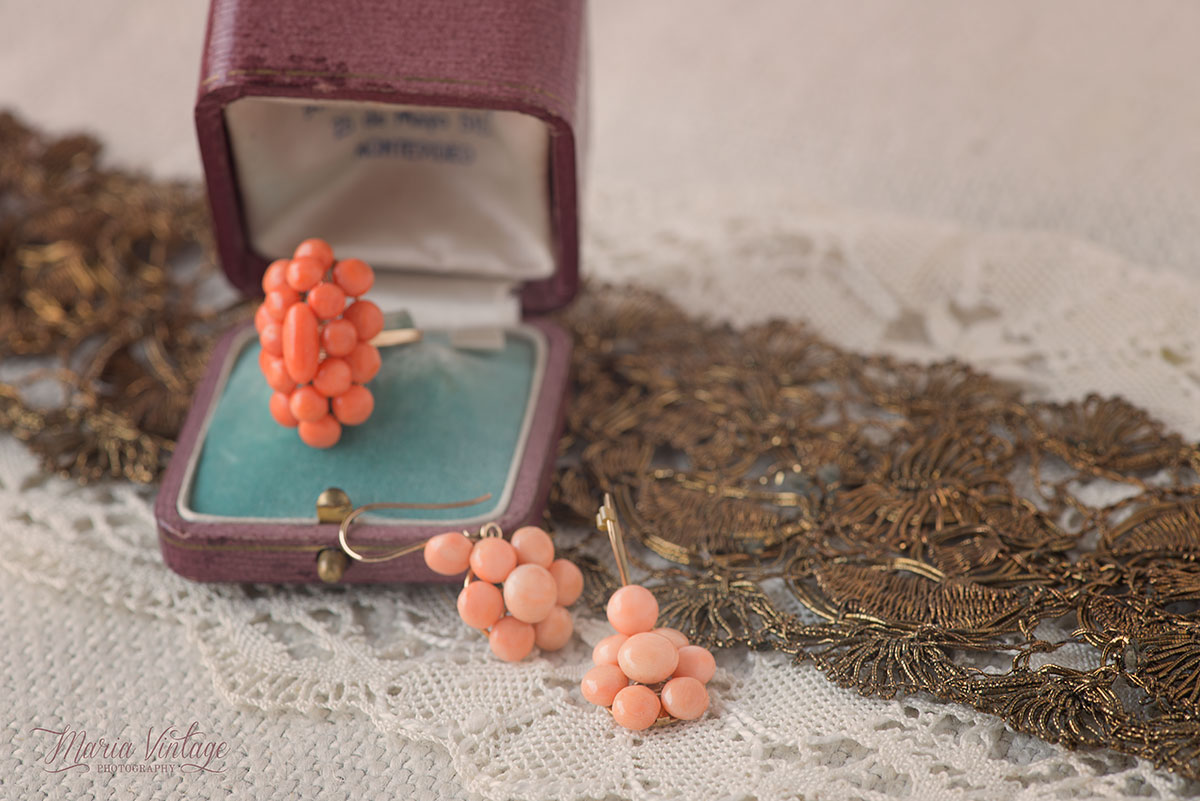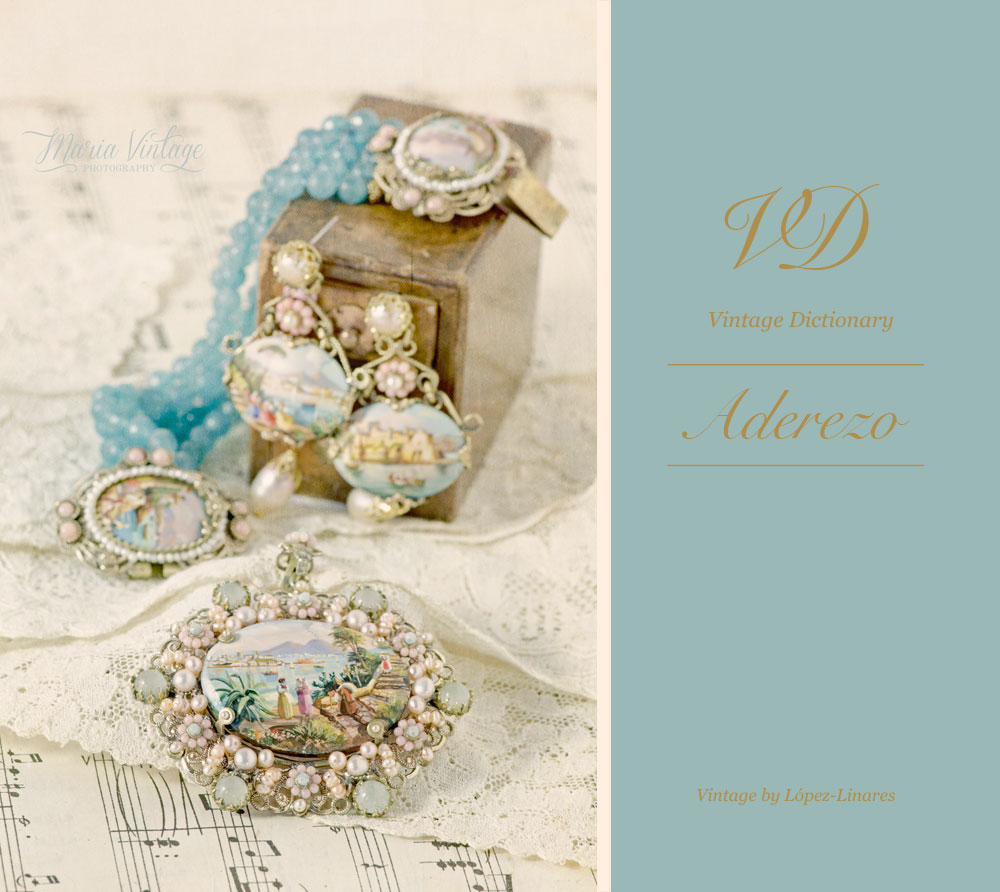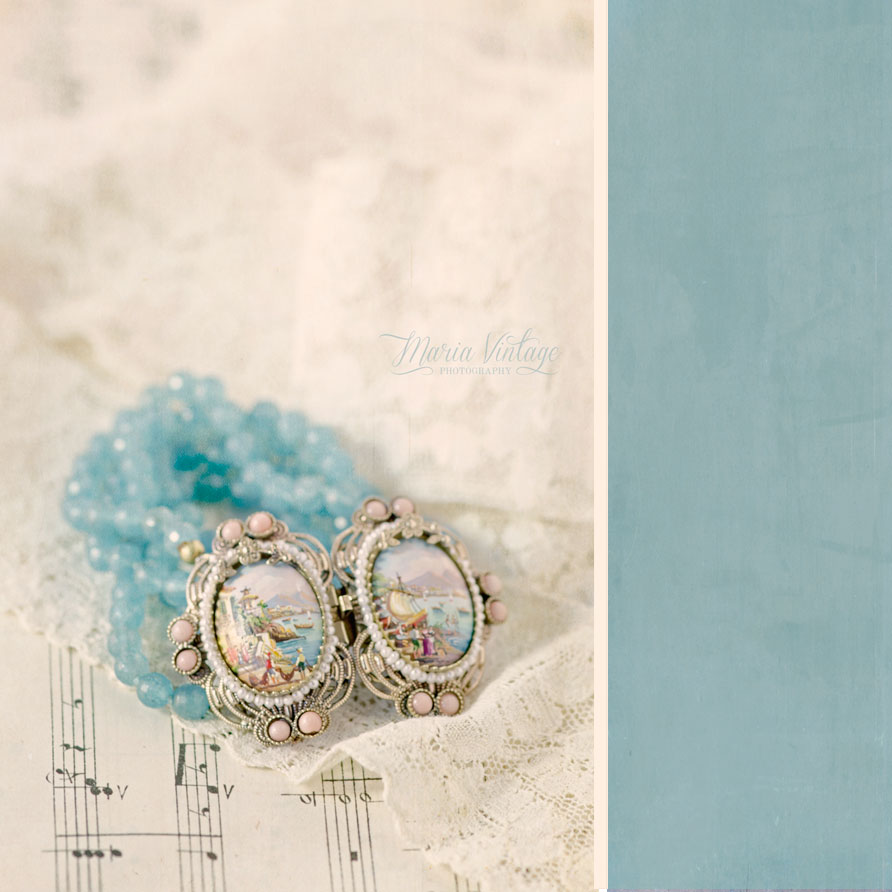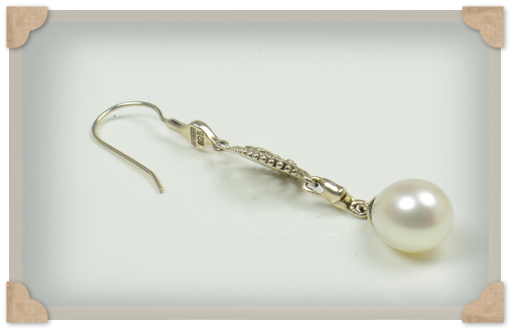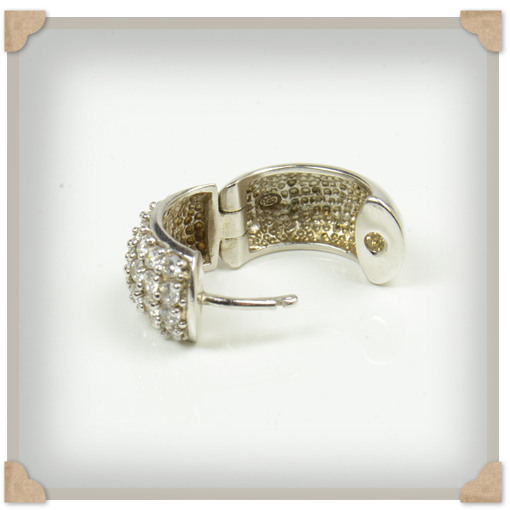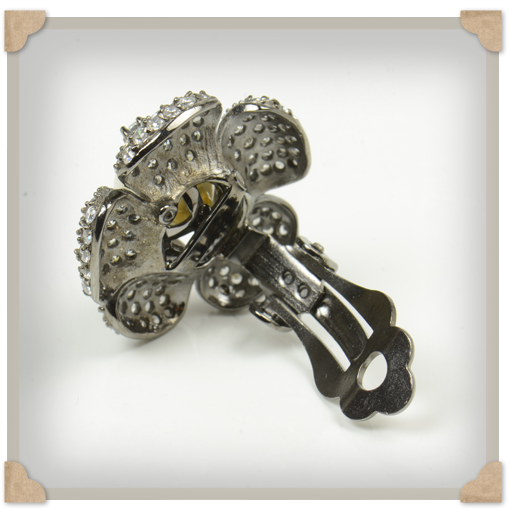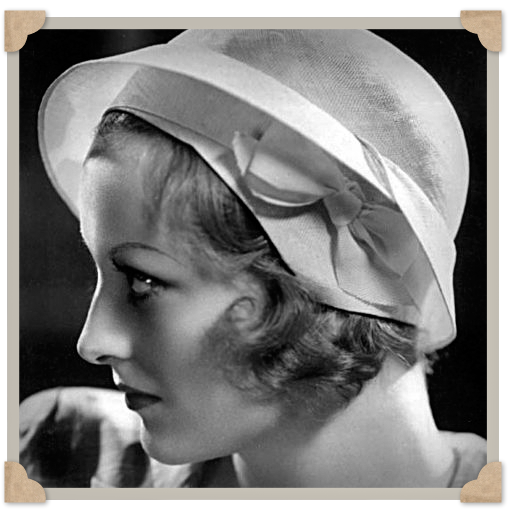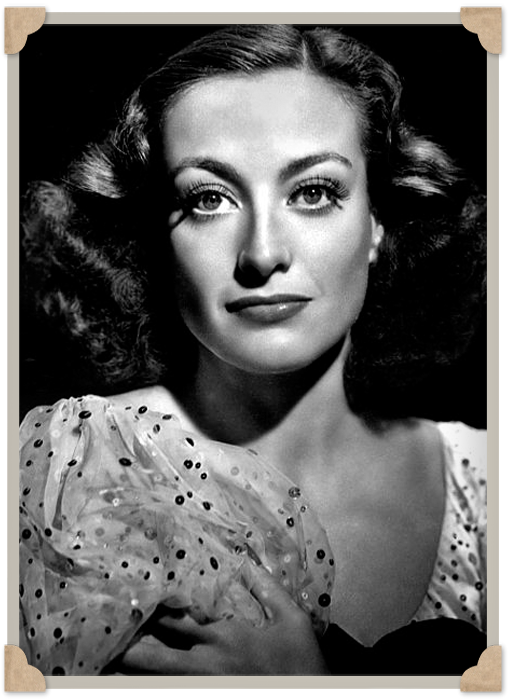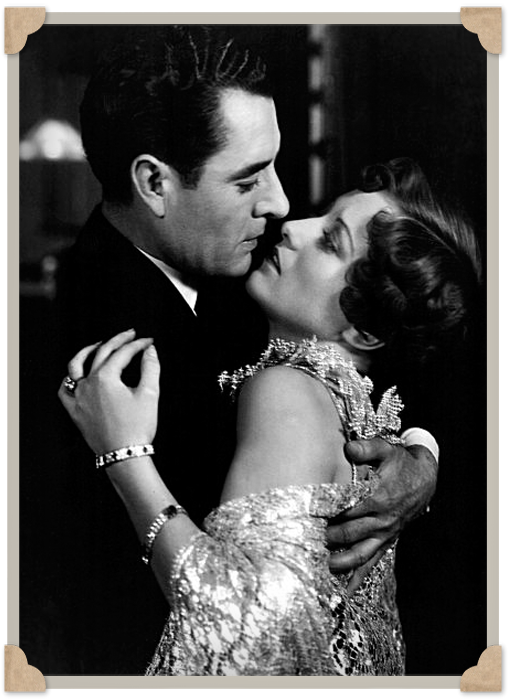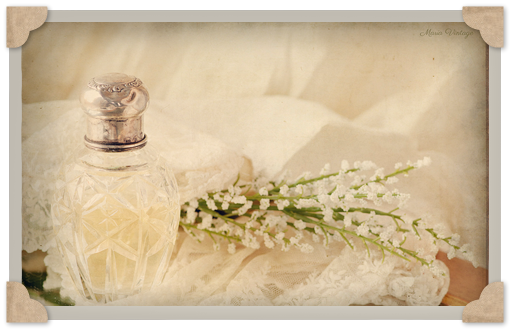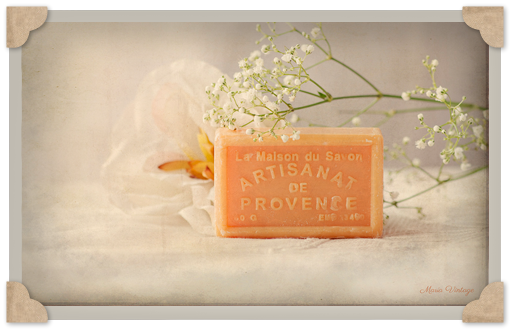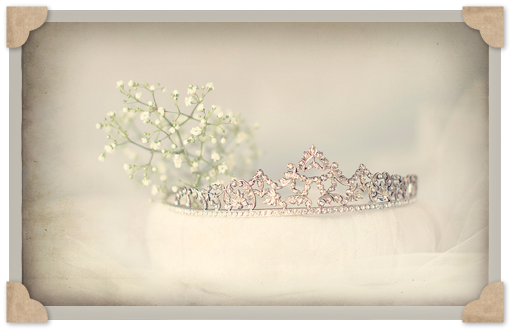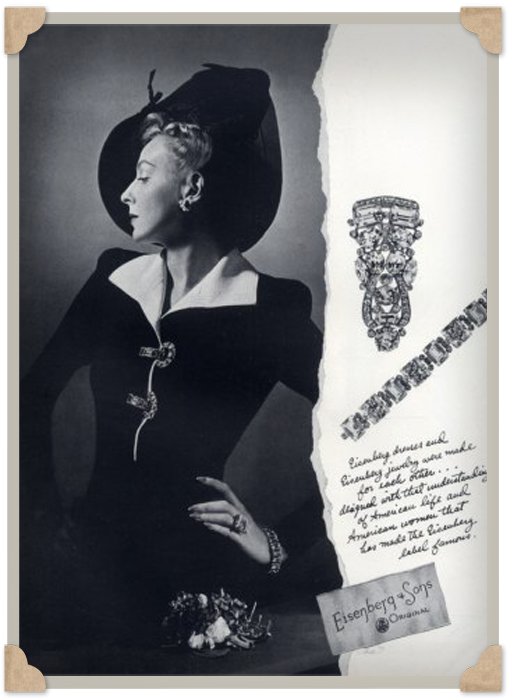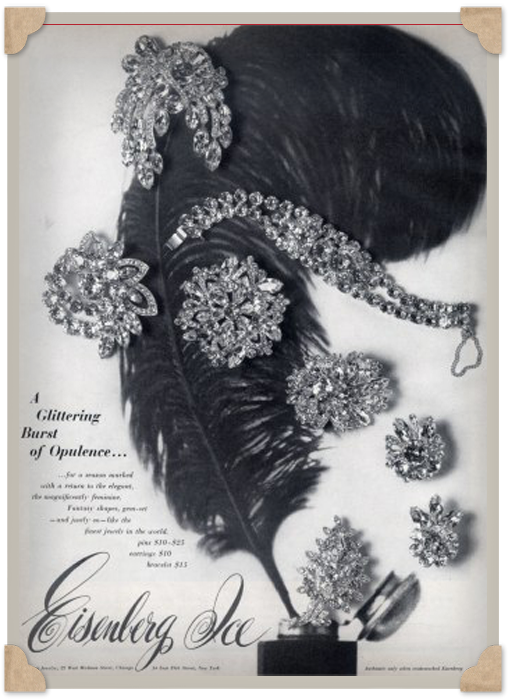“E” for “Enamel”
The vitreous enamel is a material made in powdered glass mixed with metalic oxides in order to give the piece an immense variety of colors and tones. All materials must fuse at a very high temperature, which gives it more longevity and an endless beauty.
There are many types of enamel, although I’ll focus in those more used by jewellers:
Champlevé:
With this technique what we’ll do is to carve, etch, die struck or cas tinto the surface of a metal objet, creating different forms and drawings. Then we’ll fill the holes with vitreous enamel. It’s crucial for the success that the area to fill is well prepared to let the enamel stick to it in a homogeneous way.
The enamel will stay then like “locked” within the metal. Then, like in the rest of the techniques, you’ll have to polish and glaze it.
Cloisone:
This technique works by soldering or adhering metal wires or thin strips placed on the edge of the piece. The holes in between will be filled with enamel in beautiful colors. Afterwards, it’s up to the artisan whether to sand deeply or just a little the piece, in order to equal the levels.
Plique-à-jour:
This is the most complicated technique, the most beautiful and delicate out of them though. The enamel here is applied in cells with no backing so light can shine through it. It has a stained-glass like appearance. Jewellers use this technique over the rest and the pieces get a spectaular beauty. It requires a high level of expertise though.
Let me show you a few images with samples of the different types of enamel.
Which one do you like the most?
